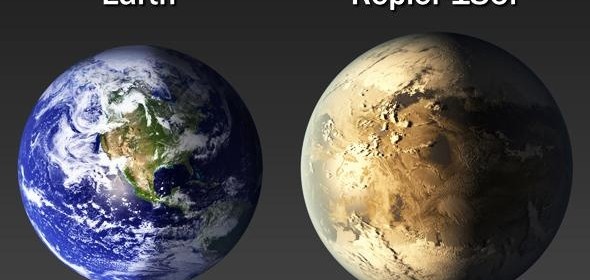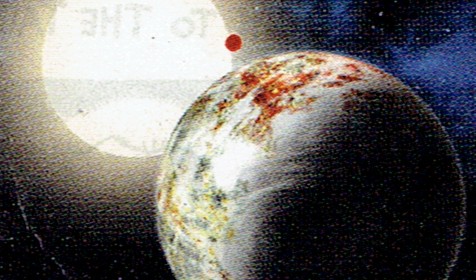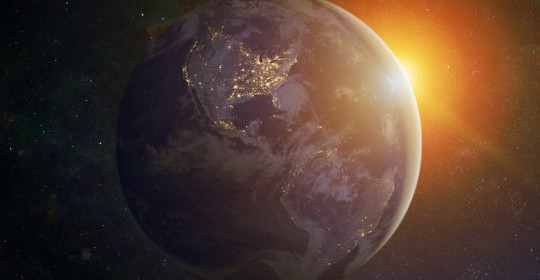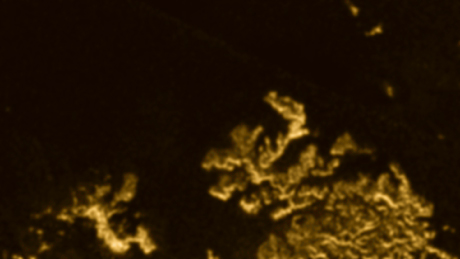Asteroid Impact – A double punch from space
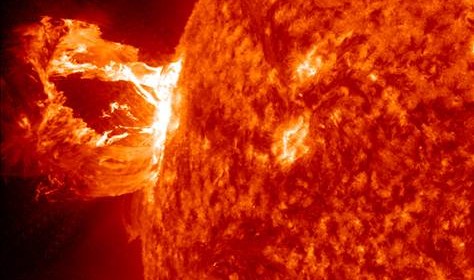
Scientists have found telltale evidence that an asteroid twice as large as any previously known smashed into Earth about 300 million years ago. Previously, the largest asteroid impact was believed to have occurred 66 million years ago, when a massive space rock hit what is now the Yucatan Peninsula in Mexico, causing such havoc that it led to the extinction […]
Read more
